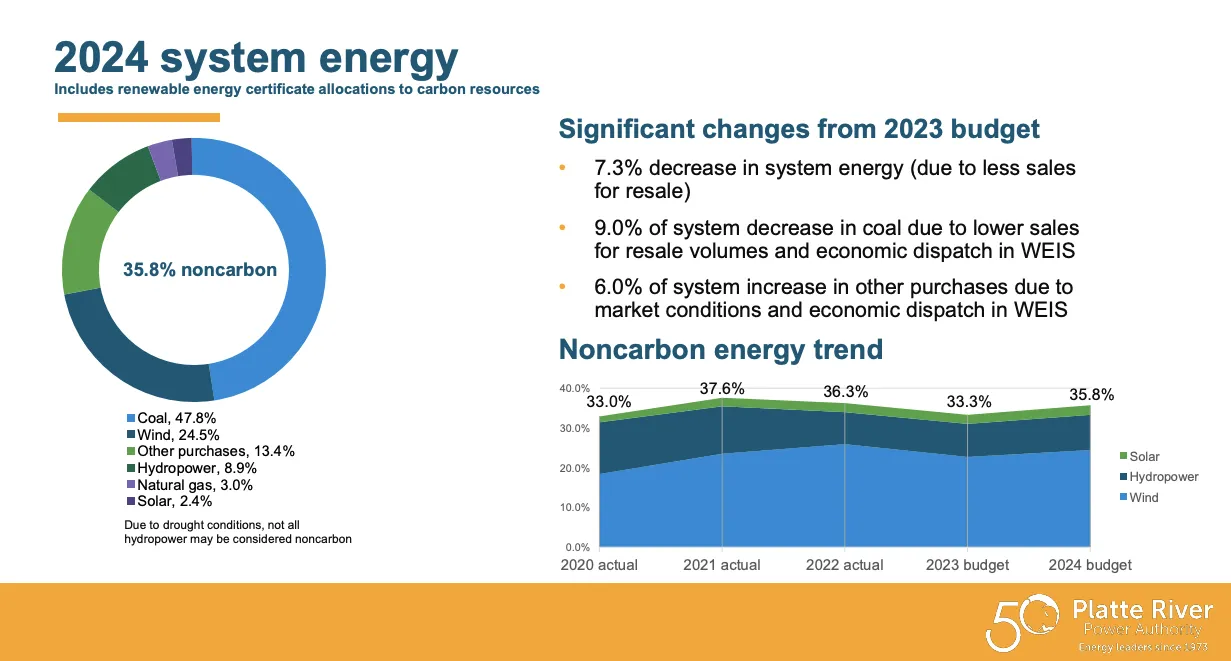PRPA board to hear recommendations for non-carbon power generation

FORT COLLINS — Much of the discussion at the member cities of Platte River Power Authority has centered on using solar- and wind-generated power solutions to help the utility reach aggressive non-carbon power generating goals by 2030.
As of today, the wholesale utility serving Fort Collins, Loveland, Longmont and Estes Park generates 33% of its power from non-carbon sources, mostly wind (22.7%). Yet by themselves, those solar, wind and diminishing hydropower sources won’t enable the utility to reach its goal of 100% non-carbon by 2030 while maintaining the primary pillars of the organization’s mission: reliability, environmental responsibility and financial sustainability, according…
THIS ARTICLE IS FOR SUBSCRIBERS ONLY
Continue reading for less than $3 per week!
Get a month of award-winning local business news, trends and insights
Access award-winning content today!




